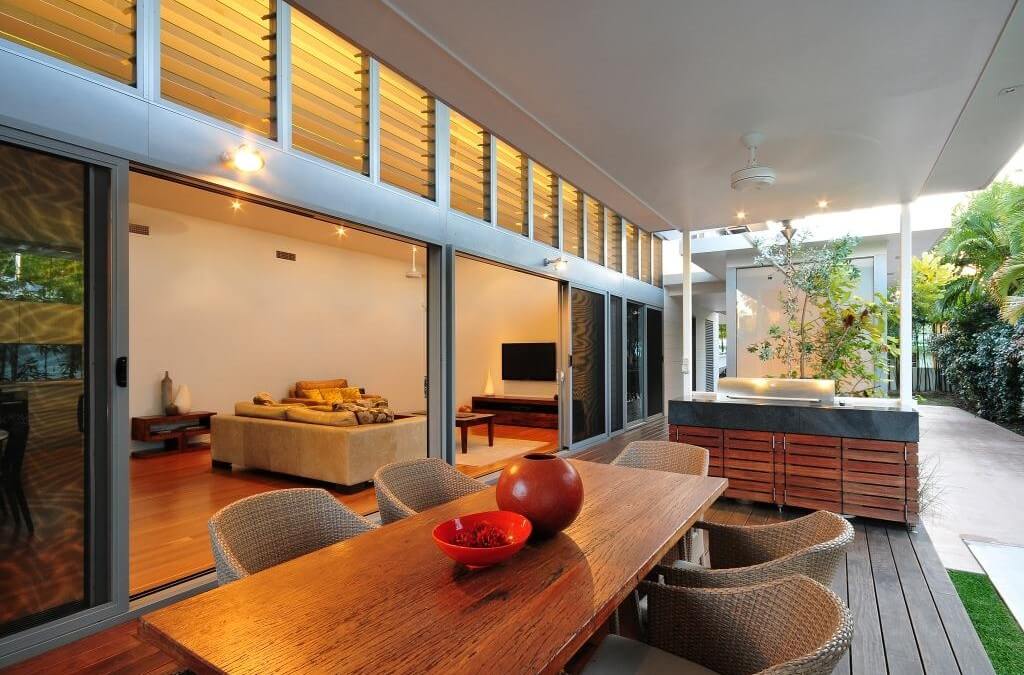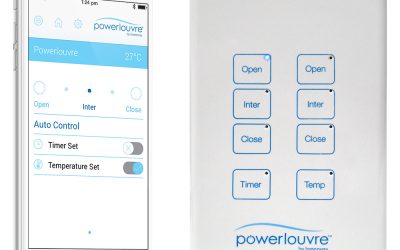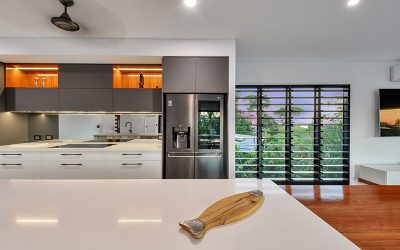It’s not uncommon to see short, wide windows (particularly Altair Louvre Windows) installed near the ceiling and above head height. These windows are commonly known as highlight or clerestory windows and besides looking great, they also offer a number of specific benefits. There are many benefits to using Altair Louvres up high, from natural ventilation, lighting, privacy and security.
Benefit 1: Create a thermal chimney to naturally cool your building.
Hot air rises. Inside a building this means that the air near the ceiling is generally warmer than the air near the floor. Positioning windows near the ceiling provides a way for warm air to flow out of the building which encourages cool, outside air to be drawn in through the lower windows. This ‘thermal chimney’ effect avoids warm air being re-circulated inside the building resulting in a more comfortable living space. Thermal chimneys are especially beneficial on still days when there is no breeze to generate cross-flow ventilation.
Very short, very wide windows are popular for this application and Altair Louvres are an obvious choice not only because they maximise ventilation, but also because they remain functional, unlike other window types which require more square shapes to function properly.
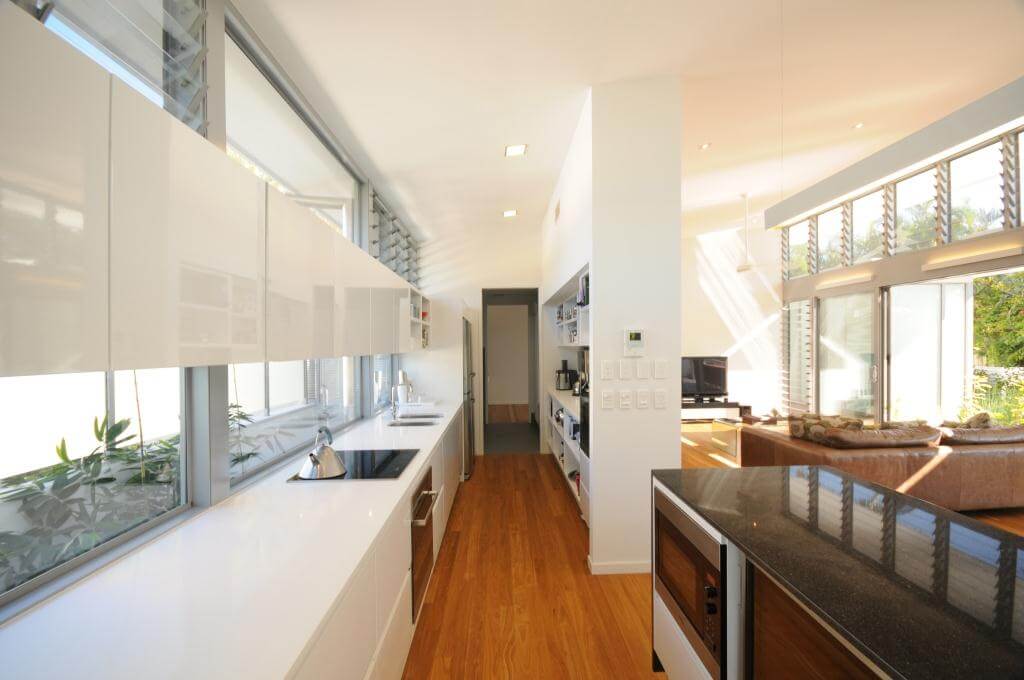
Benefit 2: Ventilation, light and privacy.
Positioning windows above head height results in vertically angled sightlines. This means that the only thing that neighbours and passers-by can see through the window is your ceiling! This privacy removes the need for blinds or curtains on windows positioned up high and allows ventilation to be maximised while maintaining privacy.
Another often unexpected benefit of windows positioned up high is that they give pleasant diffused light. Being positioned up high generally results in the window being close up to the eaves of the building. As a result the eaves fully shade the windows for most of the day, resulting in a pleasant glow of diffused light rather than dazzling shafts of direct sunlight.
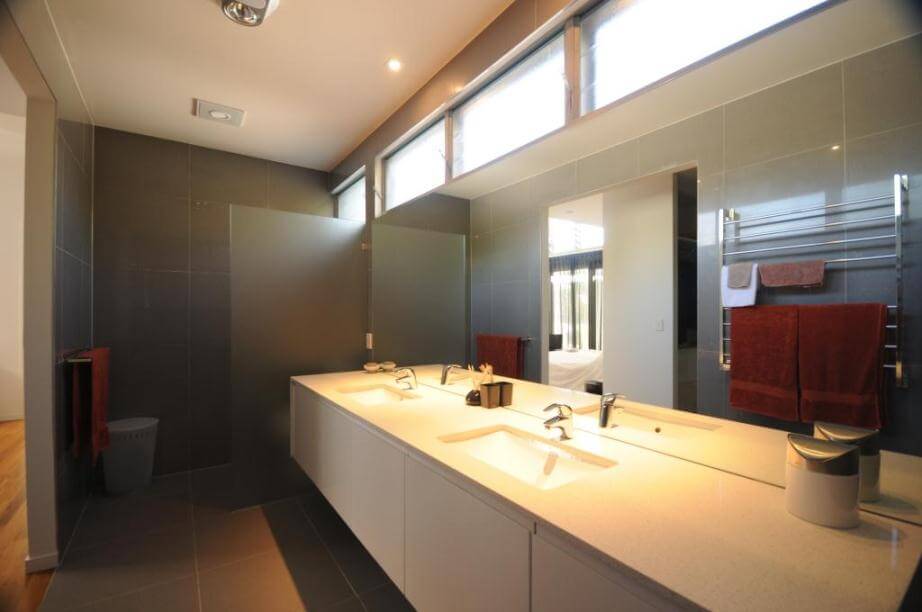
Benefit 3: Light, ventilation and security.
There are plenty of options for making Altair Louvre Windows more secure but the simple fact is that a window that is out of reach is a more difficult and therefore unpopular target. This allows windows installed up high to be confidently left open, knowing that even if a potential intruder manages to climb up to and through the window, they would still face a significant drop down to the inside floor below the window so are most likely to ignore highlight and clerestory windows.
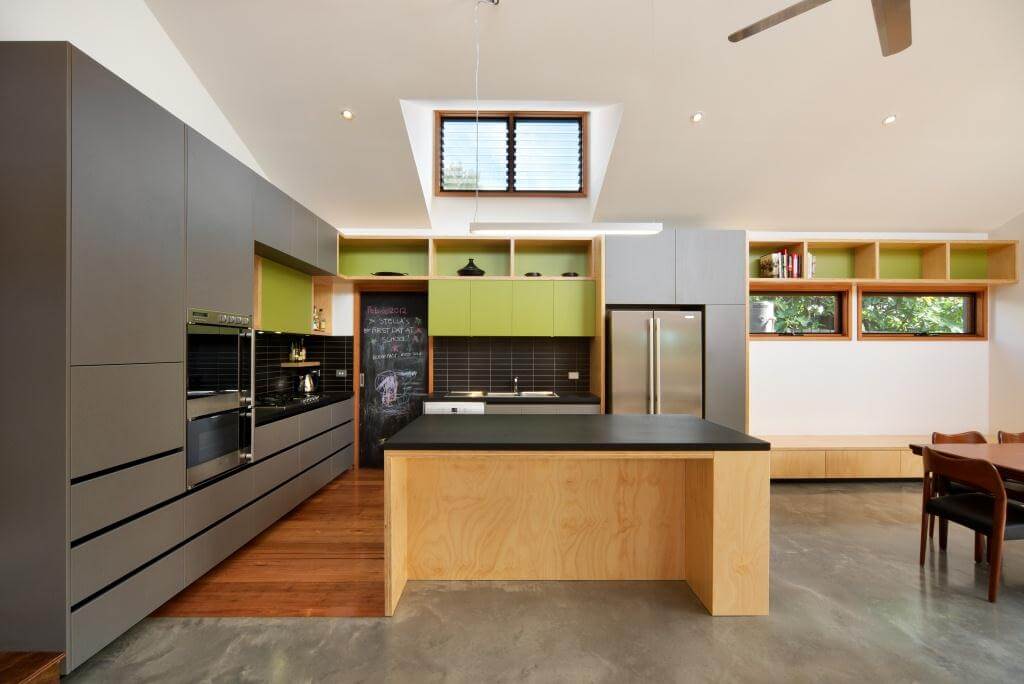
If you decide to include highlight or clerestory windows in your building, here are two things to consider…
Advice: Control options
If you decide to position Altair Louvre Windows up high you will need to consider how the window will be opened and closed as it will be out of reach. Standard handles, therefore, will not be appropriate! As you’d expect from the louvre window with the widest range of customising choices, more than one option is available…

Best Option: Altair Powerlouvre Windows
By far the easiest control option for windows that are positioned out of reach is to just push a button and let the Powerlouvre Window open and close itself. The award-winning, patented Altair Powerlouvre Window system has motors cleverly concealed within the frame and can be operated by a simple pair of switches on the wall, remote controls or can be integrated into full building automation systems.
Good Option: Ring Handle + Map Rod
Altair Ring Handles are available for those who prefer manual control of their windows. The Altair Ring Handle is designed for compatibility with a Breezway Map Rod which is available in 2 metre, 3 metre and 4 metre lengths or a telescopic version that extends from 1.8 metres to 3.6 metres. Using a Map Rod does require a measure of hand-eye co-ordination, especially if the window is very high up.
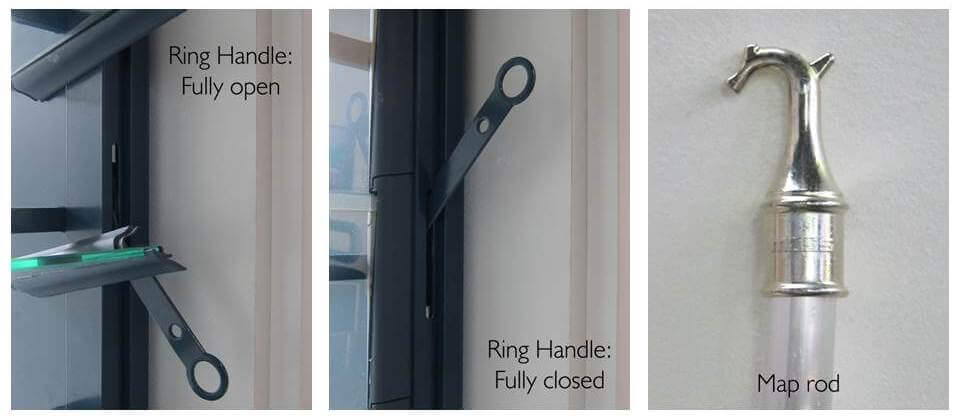
Poor Option: Low Profile Handle + Map Rod
The Altair Low Profile Handle might appear to be compatible with a Breezway Map Rod, but we don’t recommend this combination. The Ring Handle only needs force to be applied vertically to fully open and fully close the window, this is relatively easy to do with a Map Rod. The Low Profile Handle requires horizontal force to fully close the window and to start opening it, this is very difficult to apply with a Map Rod, especially a long Map Rod.
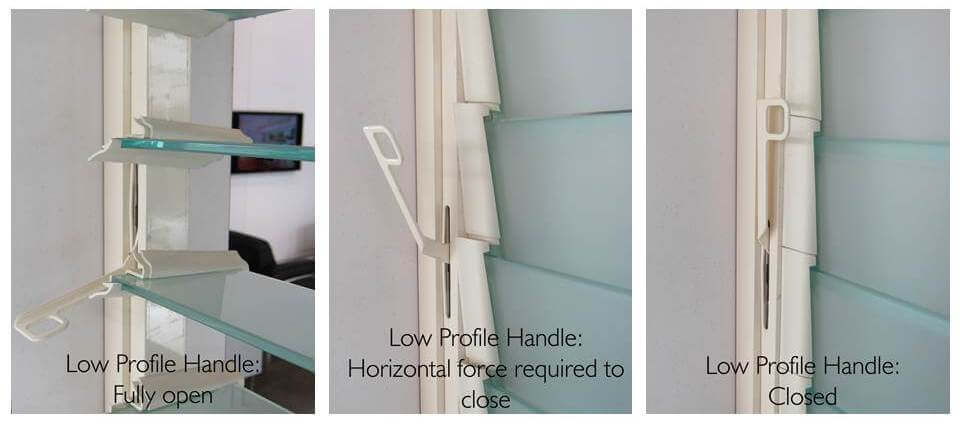
Advice: Keylocks
There is no way to operate the Altair Keylock using a Map Rod, so Keylocks on windows out of reach cannot be locked and unlocked and therefore offer no real benefit. It is worth bearing in mind however, that many home insurance companies prefer locks or security screens to be installed on all windows so may increase premiums if Keylocks are not present (even if they are never actually locked). Discuss with your insurer whether the presence of Keylocks on windows installed up high will affect your coverage or premiums in any way.

